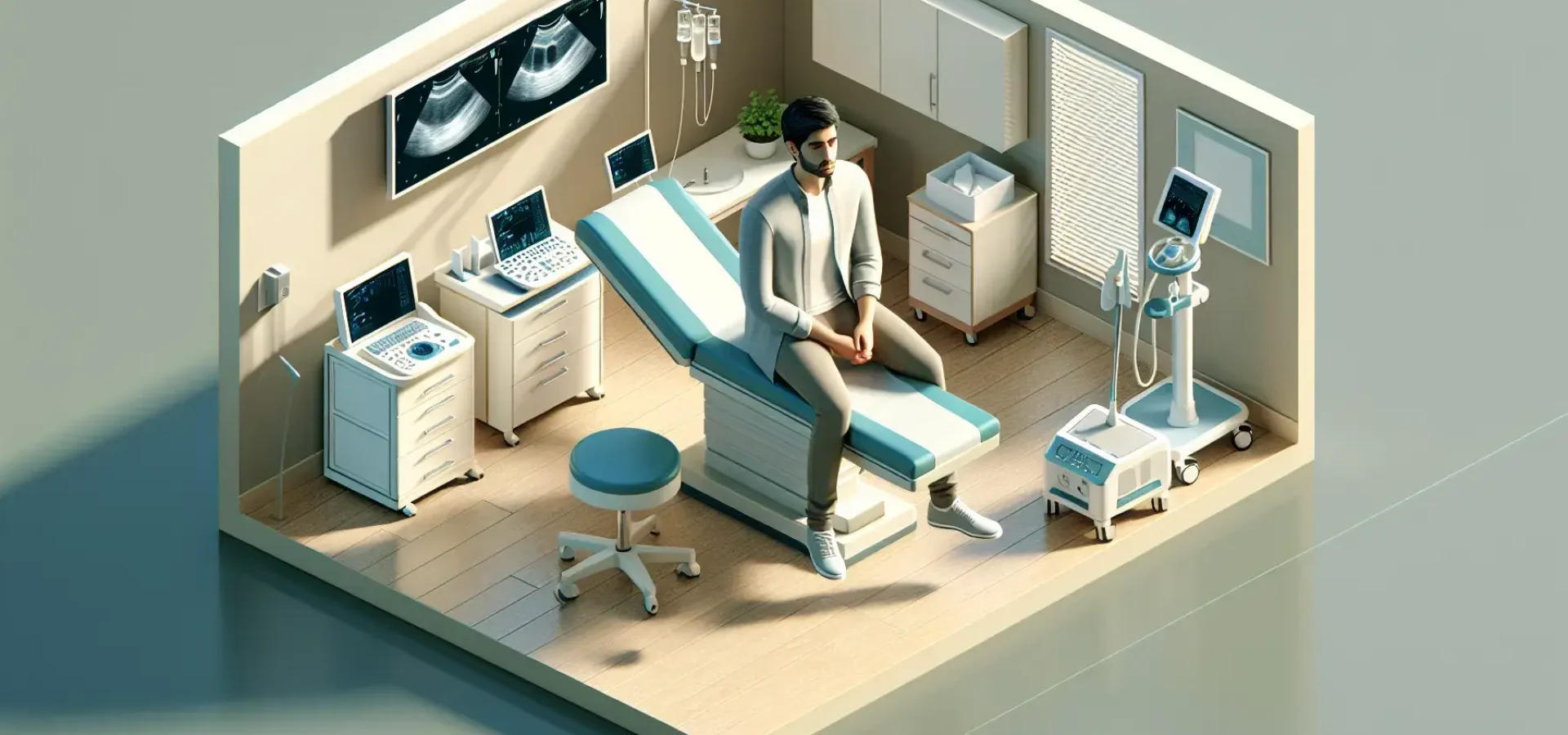
Testicular cancer, though relatively rare, is the most common cancer in American males between the ages of 15 and 35. Early detection is crucial for successful treatment and survival, making awareness of its symptoms and the diagnostic methods incredibly important. This article aims to educate young men about the early signs of testicular cancer and the available diagnostic procedures, emphasizing the importance of regular self-examinations and professional screenings.
Testicular cancer may not cause any discomfort in its initial stages, which is why being vigilant about changes can be life-saving. Here are some signs young men should watch for:
One of the most common early signs is a lump or swelling in one of the testicles. It is usually painless, which often leads to delays in seeking medical help. Any change in shape, size, or texture of the testicles should be checked by a healthcare provider.
Some men experience a sensation of heaviness or a dull ache in the lower abdomen, scrotum, or even the groin area. This could be indicative of changes within the testicle that need medical attention.
Although testicular cancer is typically painless, discomfort or sharp pain can occur. Pain may be intermittent or continuous.
This can include hardness, or the feeling of a rough or irregular surface when compared to the other testicle. Any perceptible change in texture warrants a professional evaluation.
Known medically as a hydrocele, this symptom involves fluid accumulating suddenly in the scrotum, leading to swelling.
Although less common, some types of testicular cancer produce hormones that may cause breast growth or soreness.
While often attributed to myriad other causes, persistent back pain can sometimes be associated with testicular cancer, especially if other symptoms are present.
If you notice any of the above symptoms, the next step is to undergo diagnostic testing. Here are the methods commonly used to diagnose testicular cancer:
Regular self-examinations can help men become familiar with the normal size, shape, and texture of their testicles, making it easier to notice any abnormalities. It is recommended that men perform this simple check monthly.
This is a primary diagnostic tool for examining the testicles. An ultrasound uses high-frequency sound waves to produce images of the inside of the body and can help distinguish between benign (non-cancerous) and malignant (cancerous) masses.
Certain types of testicular cancer release proteins called tumor markers into the blood. Blood tests can detect elevated levels of these markers, which include alpha-fetoprotein (AFP), human chorionic gonadotropin (HCG), and lactate dehydrogenase (LDH). However, not all testicular tumors produce these markers.
A thorough physical exam by a healthcare provider is crucial. The doctor will examine the testicles for lumps, swelling, or changes in size and consistency.
In certain cases, a biopsy may be performed to determine the nature of the testicular mass. This involves taking a small sample of cells from the testicle and examining them under a microscope. However, due to the risk of spreading cancer, this method is less common for testicular masses unless they are removed completely during surgery.
If testicular cancer is suspected or diagnosed, imaging tests such as CT scans or MRIs may be used to check whether the cancer has spread (metastasized) to other parts of the body.
Detecting testicular cancer early can significantly improve the prognosis. The five-year survival rate for localized testicular cancer (cancer that has not spread beyond the testicle) is 99%. Even if the cancer has spread to nearby lymph nodes or organs, effective treatments are available, leading to high survival rates.
Awareness and education about the signs of testicular cancer and the importance of regular self-examinations can lead to early detection, which is crucial in the fight against this disease. Young men should be encouraged to speak openly about any changes they notice and seek medical advice promptly. Health education programs and resources should continue to emphasize the importance of preventive measures and screenings in order to reduce the impact of testicular cancer on young men’s lives.
Remember, knowing your body well and recognizing changes can make a significant difference in your health outcomes. Encourage discussions, share information, and support one another in taking active steps toward health awareness and preventive care.
The content provided on this blog is for informational purposes only and is not intended to be a substitute for professional medical advice, diagnosis, or treatment. Always seek the advice of your physician or other qualified health provider with any questions you may have regarding a medical condition. Never disregard professional medical advice or delay in seeking it because of something you have read on this blog.
The authors of this blog do not recommend or endorse any specific tests, physicians, products, procedures, opinions, or other information that may be mentioned on the blog. Reliance on any information provided by this blog is solely at your own risk.
SHARE
Subscribe to our newsletter
Testicular Cancer Foundation — 2025 All Rights Reserved. EIN: 27-1348551
TCF®, Beard Patrol®, Cojone Club® are trademarks of the Testicular Cancer Foundation.